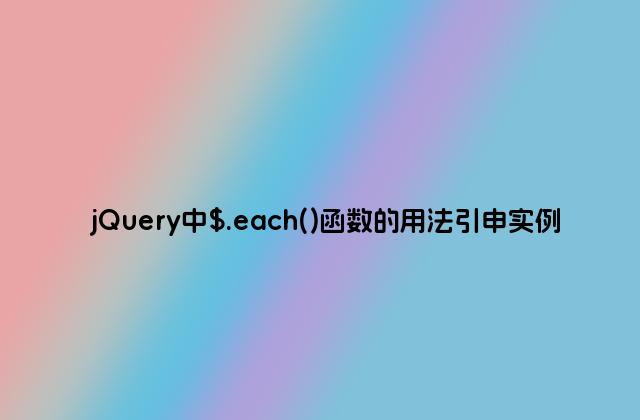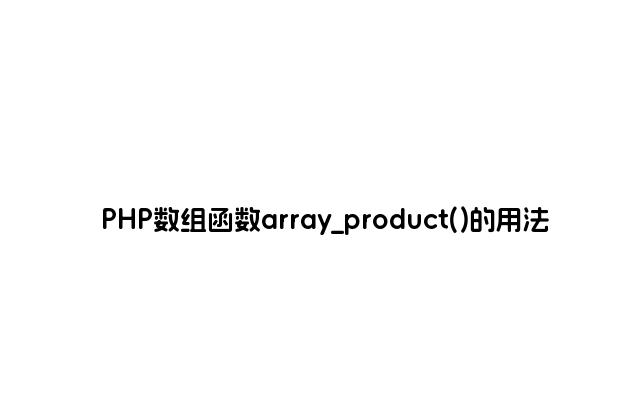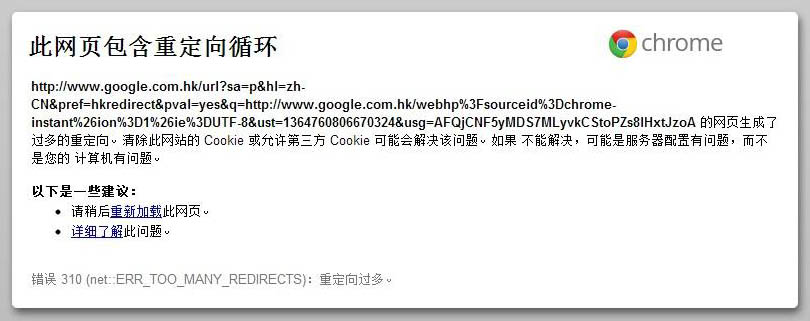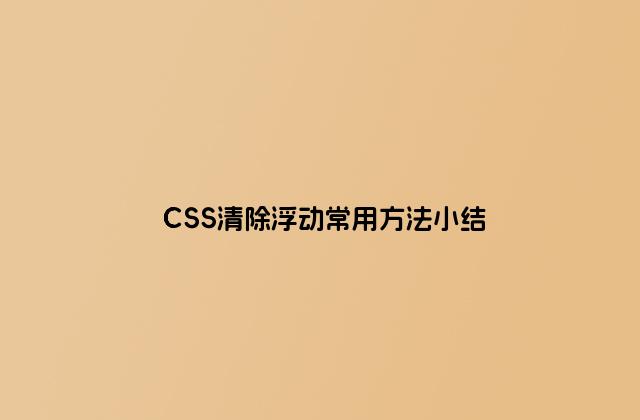
語法:
$.each( collection, callback(indexInArray, valueOfElement) )
值得一提的是,forEach 可以很方便的遍歷數(shù)組和 NodeList ,jQuery 中的 jQuery 對象本身已經(jīng)部署了這類遍歷方法,而在原生 JavaScript 中則可以使用 forEach 方法,但是 IE 并不支持,因此我們可以手動把 forEach 方法部署到數(shù)組和 NodeList 中:
if ( !Array.prototype.forEach ){
Array.prototype.forEach = function(fn, scope) {
for( var i = 0, len = this.length; i < len; ++i) {
fn.call(scope, this[i], i, this);
}
}
}
// 部署完畢后 IE 也可以使用 forEach 了
document.getElementsByTagName('p').forEach(function(e){
e.className = 'inner';
});
而jQuery中的$.each()函數(shù)則更加強大。$.each()函數(shù)和$(selector).each()不一樣。$.each()函數(shù)可以用來遍歷任何一個集合,不管是一個JavaScript對象或者是一個數(shù)組,如果是一個數(shù)組的話,回調(diào)函數(shù)每次傳遞一個數(shù)組的下標(biāo)和這個下標(biāo)所對應(yīng)的數(shù)組的值(這個值也可以在函數(shù)體中通過this關(guān)鍵字獲取,但是JavaScript通常會把this這個值當(dāng)作一個對象即使他只是一個簡單的字符串或者是一個數(shù)字),這個函數(shù)返回所遍歷的對象,也就是這個函數(shù)的第一個參數(shù),注意這里還是原來的那個數(shù)組,這是和map的區(qū)別。
其中collection代表目標(biāo)數(shù)組,callback代表回調(diào)函數(shù)(自己定義),回調(diào)函數(shù)的參數(shù)第一個是數(shù)組的下標(biāo),第二個是數(shù)組的元素。當(dāng)然我們也可以給回調(diào)函數(shù)只設(shè)定一個參數(shù),這個參數(shù)一定是下標(biāo),而沒有參數(shù)也是可以的。
例1:傳入數(shù)組
<!DOCTYPE html>
<html>
<head>
<script src=”http://code.jquery.com/jquery-latest.js”></script>
</head>
<body>
<script>
$.each([52, 97], function(index, value) {
alert(index + ‘: ‘ + value);
});
</script>
</body>
</html>
輸出:
0: 52 1: 97
例2:如果一個映射作為集合使用,回調(diào)函數(shù)每次傳入一個鍵-值對
<!DOCTYPE html>
<html>
<head>
<script src=”http://code.jquery.com/jquery-latest.js”></script>
</head>
<body>
<script>
var map = {
‘flammable': ‘inflammable',
‘duh': ‘no duh'
};
$.each(map, function(key, value) {
alert(key + ‘: ‘ + value);
});
</script>
</body>
</html>
輸出:
flammable: inflammable duh: no duh
例3:回調(diào)函數(shù)中 return false時可以退出$.each(), 如果返回一個非false 即會像在for循環(huán)中使用continue 一樣, 會立即進入下一個遍歷
<!DOCTYPE html>
<html>
<head>
<style>
div { color:blue; }
div#five { color:red; }
</style>
<script src=”http://code.jquery.com/jquery-latest.js”></script>
</head>
<body>
<div id=”one”></div>
<div id=”two”></div>
<div id=”three”></div>
<div id=”four”></div>
<div id=”five”></div>
<script>
var arr = [ "one", "two", "three", "four", "five" ];//數(shù)組
var obj = { one:1, two:2, three:3, four:4, five:5 }; // 對象
jQuery.each(arr, function() { // this 指定值
$(“#” + this).text(“Mine is ” + this + “.”); // this指向為數(shù)組的值, 如one, two
return (this != “three”); // 如果this = three 則退出遍歷
});
jQuery.each(obj, function(i, val) { // i 指向鍵, val指定值
$(“#” + i).append(document.createTextNode(” ? ” + val));
});
</script>
</body>
</html>
輸出 :
Mine is one. ? 1 Mine is two. ? 2 Mine is three. ? 3 - 4 - 5






